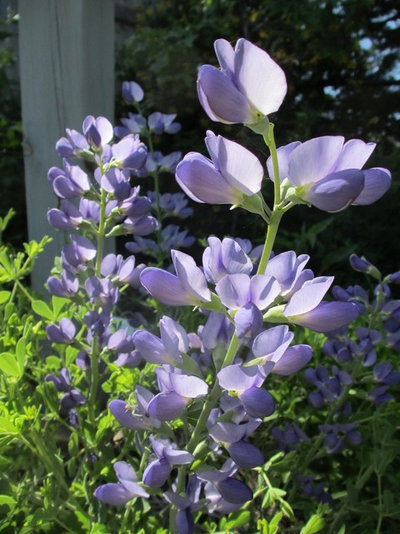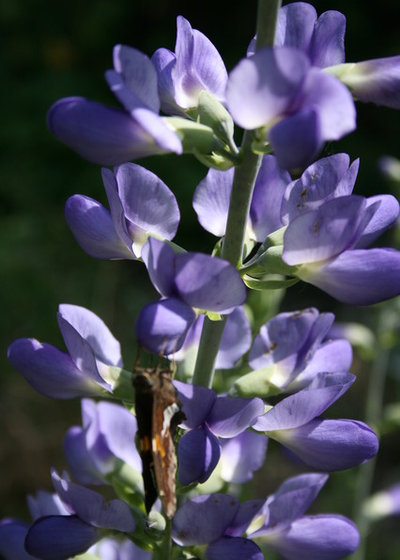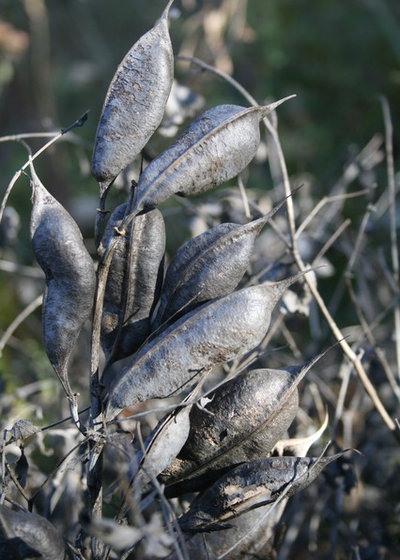I’m a big fan of Baptisia
. There are many species, most underutilized, but the most common one you’ll see for sale — as either a hybrid or straight species — is
Baptisia australis. It’s a lovely 4-foot by 4-foot shrub-size perennial that doesn’t need much water, but for lots of folks, that’s just too much girth for a smaller garden. That’s why nature invented a smaller form — well, it’s doubtful nature made this plant just for us, but we might as well take advantage of it, right?

Benjamin Vogt / Monarch Gardens
Botanical name: Baptisia australis var.
minorCommon name: Dwarf blue indigo
Origin: U.S. native in southeast Nebraska, central and eastern Kansas, western Missouri and Akansas, and most of Oklahoma
Where it will grow: Hardy to -40 degrees Fahrenheit (USDA zones 3 to 8; find your zone)
Water requirement: Bone-dry to medium soil
Light requirement: Full sun to 25 percent shade
Mature size: 2 to 3 feet tall and 2 feet wide
Benefits and tolerances: Very low maintenance; superb architectural plant when in bloom; attracts pollinators
Seasonal interest: Great winter interest; unique blooms in late spring
When to plant: Spring to fall; seed in fall or winter, though seeds will need scarification to germinate

Benjamin Vogt / Monarch Gardens
Distinguishing traits. The bloom spikes are amazing for two weeks in mid May to early June. Queen bumblebees emerging from their winter slumber prefer to feast on Baptisia and are one of the few insects that can pry apart the flower petals. The foliage is uniquely shaped and smooth, with a hint of blue, and the winter seedpods make a neat rattling sound.
How to use it. This can be a single specimen plant, but it’d look stunning in a drift or in a clump of three or five, depending on your bed size. Dry soil in full sun is its preference, from clay to rocky soil — simply put, you won’t find an easier plant to grow.

Benjamin Vogt / Monarch Gardens
Planting notes. Put it in its “forever” home right away, as it quickly develops a very deep taproot that if cut while the plant is being moved will kill it. Water it in well once and you should be good to go for years of carefree admiration.





